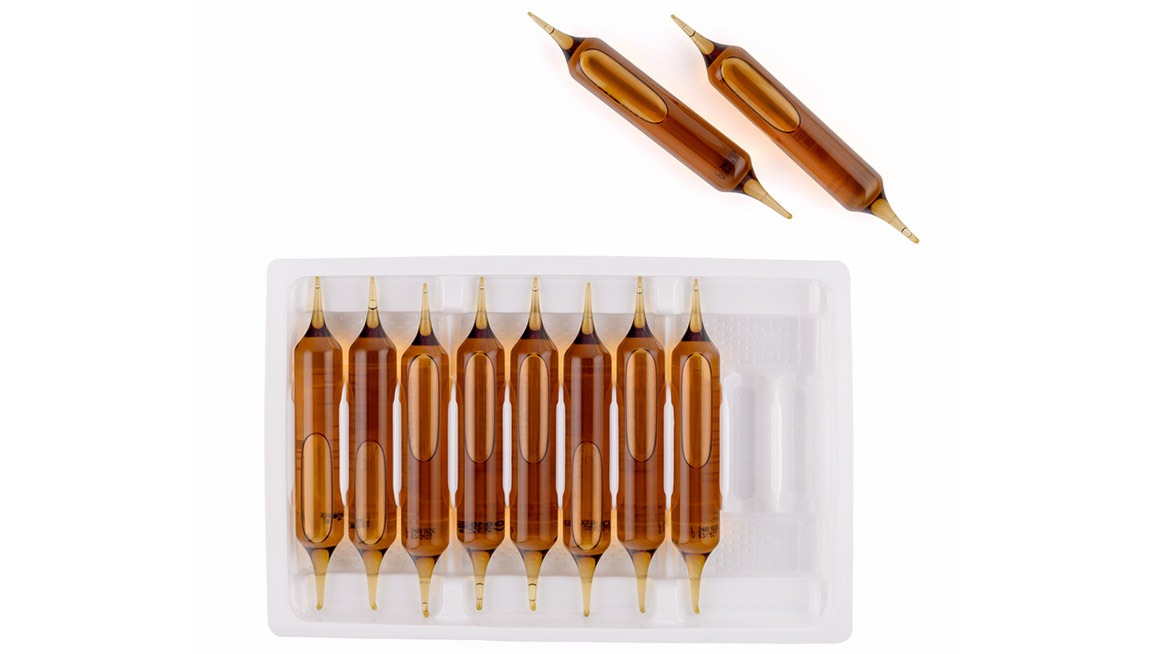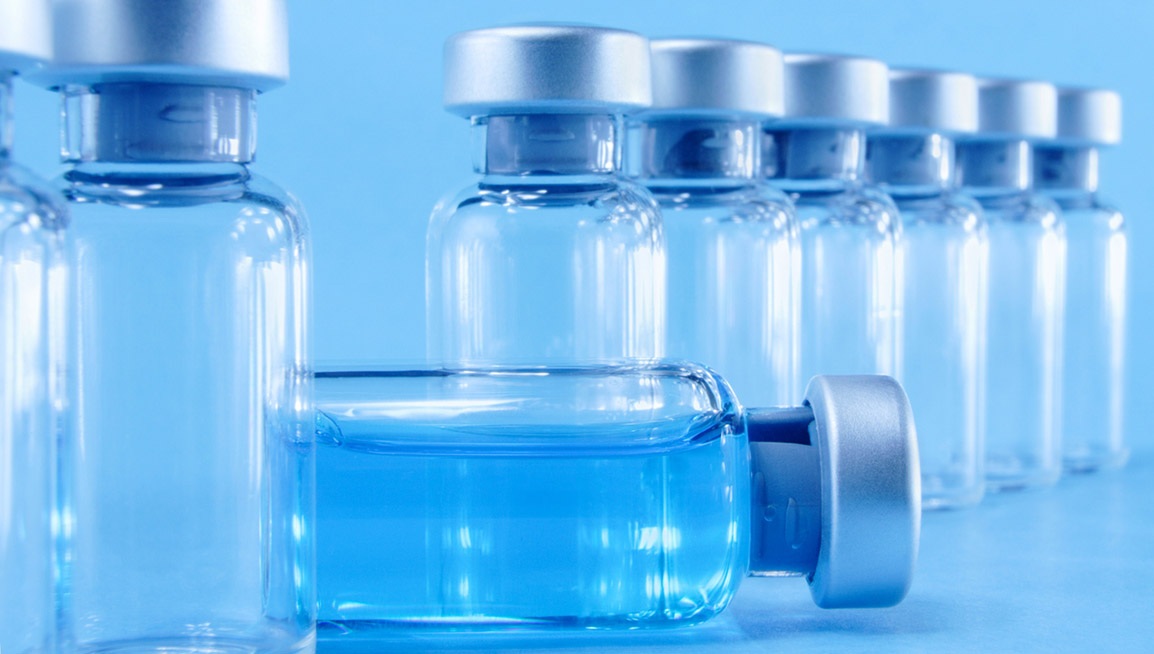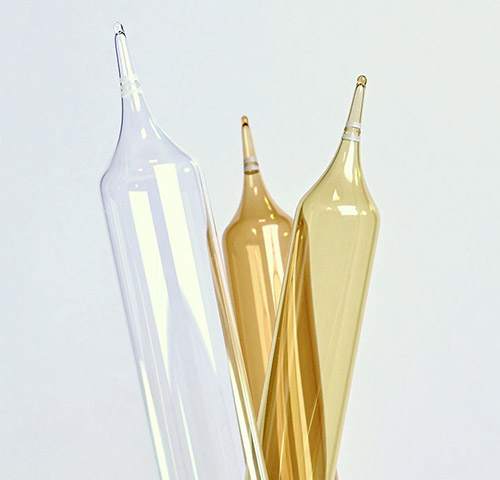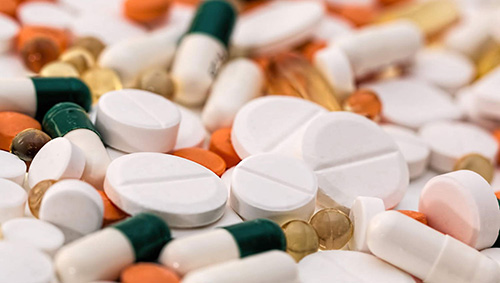The packaging of a pharmaceutical or nutraceutical formula is a major step in pharmaceutical manufacturing. The choice of materials for pharmaceutical packaging is crucial to ensure the protection and effectiveness of active ingredients throughout the product’s lifecycle.
Thanks to its unique qualities, glass has established itself as a reference in regard to pharmaceutical material: chemical inertia, thermal resistance, and a barrier against external agents. However, there are different qualities of pharmaceutical glass, each with its characteristics and uses.
In this article, we examine two types of pharmaceutical glass used in pharmaceutical packaging: Type I glass and Type III glass.
1. What is Type I pharmaceutical glass?
a. Definition and composition of type I glass
Type I pharmaceutical glass (also known as neutral glass or borosilicate glass) is made from a mixture of silica, boron, alkali oxides, and alumina.
This composition gives it superior chemical and thermal properties, making it suitable for the highest demands of the pharmaceutical industry.
There are two manufacturing processes for this type of glass: molded glass and drawn glass.
b. The advantages of type I glass
Type I glass is characterised by:
- Its high chemical inertness: its interaction with the substances it contains is almost nonexistent. Type I glass is therefore suitable for sensitive formulations.
- Its thermal resistance: Type I glass withstands extreme temperatures, particularly during sterilization or lyophilization processes.
- Its exceptional purity: it is ideal for sensitive formulations, such as injectable solutions and vaccines.
 https://www.sfamgroup.com/wp-content/uploads/2025/04/drug-manufacturing-challenge-pharmaceutical-cdmo.jpg
654
1154
SFAM
https://www.sfamgroup.com/wp-content/uploads/2024/06/logo-sfam.svg
SFAM2025-04-10 09:00:542025-04-10 08:52:05Pharmaceutical CDMOs: key advantages and challenges of pharmaceutical outsourcing
https://www.sfamgroup.com/wp-content/uploads/2025/04/drug-manufacturing-challenge-pharmaceutical-cdmo.jpg
654
1154
SFAM
https://www.sfamgroup.com/wp-content/uploads/2024/06/logo-sfam.svg
SFAM2025-04-10 09:00:542025-04-10 08:52:05Pharmaceutical CDMOs: key advantages and challenges of pharmaceutical outsourcing



